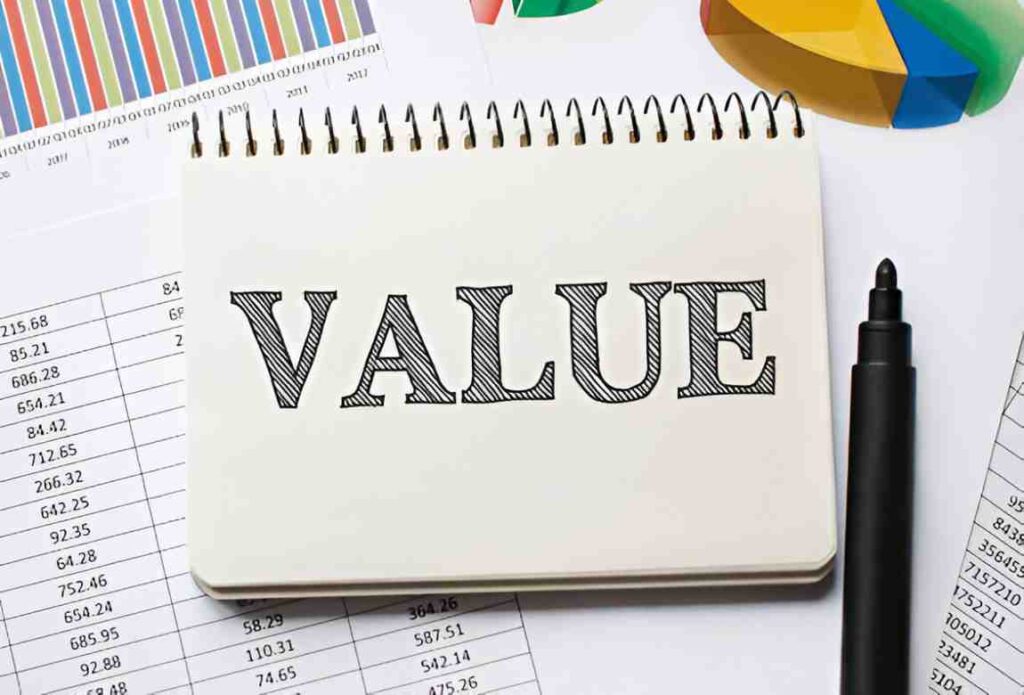When I first heard the term “home audit,” I pictured someone inspecting my house for structural issues. But in finance, a home audit means something different—it’s a deep dive into your financial health. Think of it as a medical check-up, but for your money. Whether you’re planning for retirement, saving for a down payment, or just trying to stay afloat, a financial home audit helps you understand where you stand.
Table of Contents
What Is a Financial Home Audit?
A financial home audit is a systematic review of your income, expenses, assets, debts, and financial goals. Unlike a credit report, which only tracks borrowing history, a home audit gives a complete picture. It answers questions like:
- How much am I really saving each month?
- Are my investments aligned with my long-term goals?
- Do I have enough emergency funds?
- Am I paying too much in interest on debts?
Why You Need One
The US economy fluctuates—inflation rises, interest rates shift, and job markets change. Without a clear financial snapshot, you might miss warning signs. A 2022 Federal Reserve report found that 40% of Americans couldn’t cover a $400 emergency expense. A home audit helps prevent such vulnerabilities.
Step 1: Assessing Income and Expenses
The first step is tracking cash flow—how much comes in versus how much goes out. I recommend using the 50/30/20 rule as a baseline:
- 50% for needs (rent, groceries, utilities)
- 30% for wants (dining out, entertainment)
- 20% for savings and debt repayment
But rules aren’t rigid. If you live in a high-cost city like New York or San Francisco, housing alone may consume 50%. Adjust accordingly.
Example: Monthly Cash Flow Calculation
Suppose you earn $5,000 monthly after taxes. Your expenses break down as:
| Category | Amount ($) |
|---|---|
| Rent | 1,800 |
| Utilities | 200 |
| Groceries | 400 |
| Transportation | 300 |
| Dining Out | 500 |
| Entertainment | 300 |
| Student Loan | 400 |
| Credit Card Debt | 200 |
| Savings | 300 |
Total expenses: $4,400
Remaining: $600
Here, savings are only 6% of income—below the recommended 20%. The audit reveals a need to cut discretionary spending or increase income.
Step 2: Evaluating Net Worth
Net worth is the clearest measure of financial health. The formula is simple:
\text{Net Worth} = \text{Total Assets} - \text{Total Liabilities}Breaking It Down
Assets:
- Liquid (cash, savings)
- Investments (stocks, retirement accounts)
- Personal property (home, car—only if sold)
Liabilities:
- Mortgages
- Student loans
- Credit card debt
Example: Net Worth Calculation
| Assets | Amount ($) | Liabilities | Amount ($) |
|---|---|---|---|
| Savings Account | 10,000 | Mortgage | 200,000 |
| 401(k) | 50,000 | Student Loans | 30,000 |
| Home Value | 300,000 | Credit Card Debt | 5,000 |
| Car | 15,000 |
Total Assets: $375,000
Total Liabilities: $235,000
Net Worth: $140,000
A positive net worth is good, but context matters. If most wealth is tied in a home, liquidity is low.
Step 3: Debt Analysis
Not all debt is bad. A mortgage at 3% interest is manageable; credit card debt at 20% is toxic. Use the debt-to-income (DTI) ratio to assess risk:
\text{DTI} = \frac{\text{Monthly Debt Payments}}{\text{Gross Monthly Income}} \times 100Lenders prefer DTI below 36%. Higher ratios signal financial stress.
Example: DTI Calculation
If your gross monthly income is $6,000 and debt payments total $2,000:
\text{DTI} = \frac{2000}{6000} \times 100 = 33.3\%This is within safe limits.
Step 4: Emergency Fund Check
Financial advisors recommend 3–6 months’ worth of expenses in an emergency fund. Calculate your baseline:
\text{Emergency Fund Target} = \text{Monthly Essential Expenses} \times 6Example: Emergency Fund Calculation
If essentials (rent, utilities, groceries, insurance) total $2,500/month:
\text{Target} = 2500 \times 6 = 15,000If you only have $5,000 saved, you’re underfunded.
Step 5: Investment and Retirement Review
Are your investments growing enough to meet future needs? Use the Rule of 72 to estimate doubling time:
\text{Years to Double} = \frac{72}{\text{Annual Interest Rate}}At 7% annual return:
\frac{72}{7} \approx 10.3 \text{ years}Retirement Savings Benchmark
Fidelity suggests having:
- 1x salary by 30
- 3x salary by 40
- 6x salary by 50
If you’re behind, increase contributions.
Common Pitfalls to Avoid
- Ignoring Small Expenses – A daily $5 coffee adds up to $1,825/year.
- Overestimating Asset Values – Your car isn’t worth what you paid.
- Underestimating Debt – Minimum payments prolong credit card debt.
Tools to Simplify Home Audits
- Spreadsheets (Excel, Google Sheets)
- Budgeting Apps (Mint, YNAB)
- Net Worth Trackers (Personal Capital)
Final Thoughts
A financial home audit isn’t a one-time task. I recommend doing it annually or after major life changes. The goal isn’t perfection—it’s awareness. By understanding your financial health, you make better decisions, reduce stress, and build a secure future.





